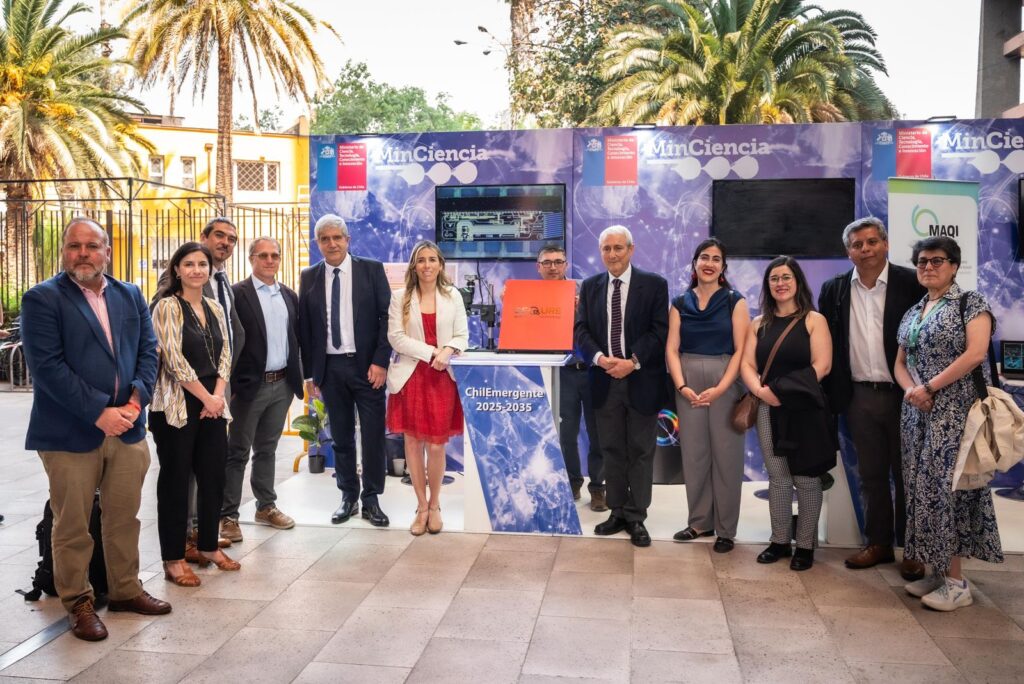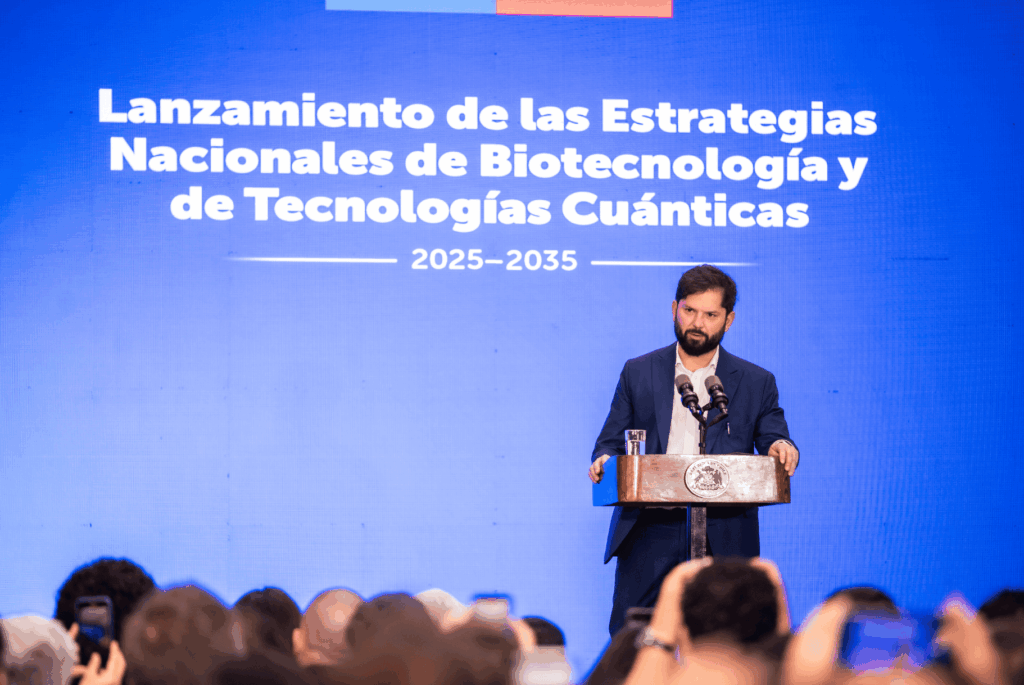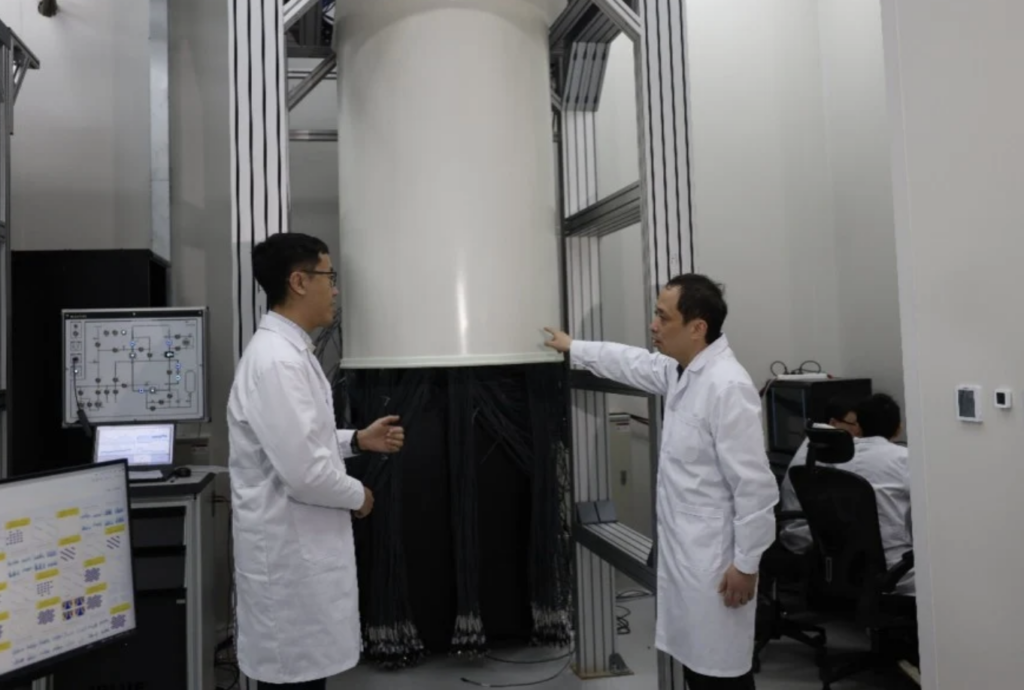Insider Brief
- Texas has enacted a new law to establish the Texas Quantum Initiative, aiming to position the state as a national leader in quantum computing, networking, and sensing technologies.
- The legislation creates a governor-appointed advisory committee, a strategic planning process, and a grant fund to support research, workforce training, and quantum manufacturing efforts.
- The initiative will deliver annual strategic plans and biennial reports to state leaders, prioritizing commercially relevant infrastructure, federal funding opportunities, and supply chain development.
Like the stars at night, the future of quantum technologies is big and bright in Texas, thanks to the passage of new legislation.
Texas Governor Greg Abbott signed a bill — HB 4751 — into law that will establish the Texas Quantum Initiative, a program designed to position the state as a national leader in quantum computing, networking and sensing. The law, which takes effect September 1, 2025, creates a new advisory committee, strategic planning framework and dedicated grant fund to drive quantum research and manufacturing within the state.
The initiative will be housed in the Governor’s Office of Economic Development and Tourism. Its goals include accelerating quantum’s role in the state economy, identifying commercial opportunities, supporting workforce training and promoting the development of a Texas-based quantum supply chain, according to the legislation.

The law also creates a six-member advisory committee, appointed by the governor, with at least one seat reserved for a representative from a quantum infrastructure provider and another from a quantum system manufacturer. Appointments must be made by January 1, 2026. Members will serve staggered six-year terms and help shape the state’s annual strategic plan for quantum development.
Growing State Initiatives
Texas joins a small but growing number of states advancing formal policy to compete in quantum. The federal government has poured billions into national research centers and cybersecurity guidance, but until now, Texas lacked a unified statewide approach. The new law provides structure to compete for federal grants, guide industrial investment, and attract talent.
The law also establishes the Quantum University and Business Innovation for Texas Fund, a dedicated account that can be used to issue grants to universities, state agencies and companies pursuing quantum design and manufacturing projects. The fund may also be used to cover staffing costs for the initiative.
Each year, the initiative must deliver a strategic plan to state leaders, detailing current and proposed projects, federal funding opportunities, and methods to promote Texas’ leadership in quantum. Every two years, a report must be submitted to the Legislative Budget Board outlining activities, research achievements, and funding needs.
Prioritizing Commercial Relevance
The law prioritizes commercial relevance, with language calling for investments in practical quantum technologies and scalable infrastructure such as networks, hardware systems, and real estate. It also anticipates future needs by encouraging workforce development and identifying supply chain gaps.
Implementation of the law depends on future appropriations. If no funding is allocated for a given fiscal year, agencies are not required to act on certain provisions, though they must report expected costs in their budget requests. This clause expires in 2029.
Backed by bipartisan sponsors from both chambers, the law signals a shift from passive interest to active participation in quantum innovation. Major research institutions in Texas — including the University of Texas, Texas A&M, and Rice University — are just some of the institutions that would be positioned to benefit from new public-private partnerships and funding to scale applied research.


















